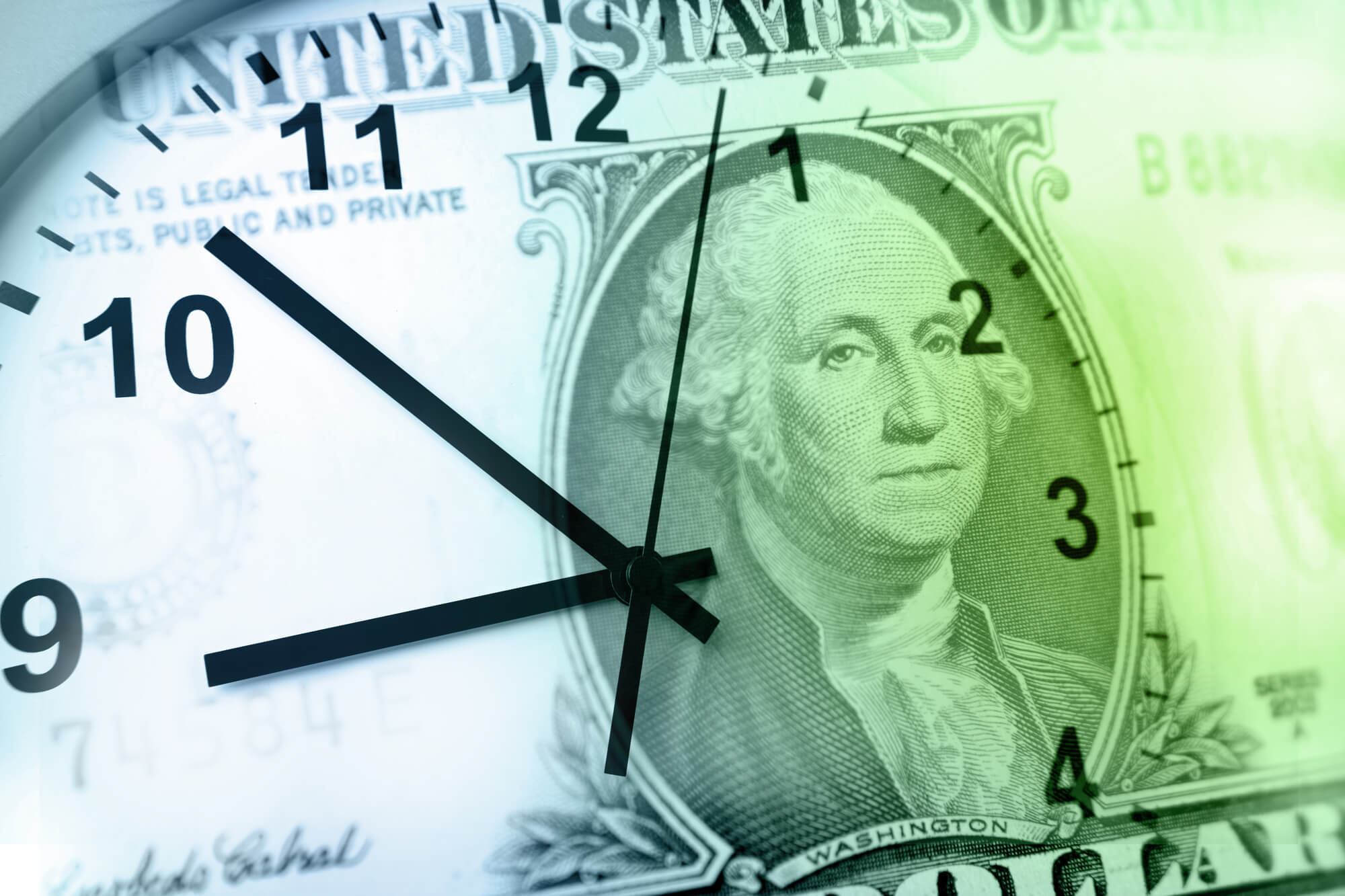Tired of being told you need a budget? Here’s an approach that allows you the peace of mind to cover your costs and save some space for your wants as well.
The 30/30/30/10 Budget breaks down into these four categories:
- 30% Housing
- 30% Necessities
- 30% Financial Goals
- 10% Personal
This system is a percentage-based approach to budgeting that allows you to cover your costs while planning for future expenses at the same time.
It’s a reliable system that can help you get your finances organized quickly and easily. As for the details and the “how” read on.
How to Make the 30/30/30/10 Budget Work for You
Budgets are a system. Plain and simple. There are many budgeting systems out there, and you may be wondering which is the right one for you.
If you have a hard time budgeting in general, or staying within a set budget threshold from month to month, then percentage-based budgeting might be a good solution for you.
Like any budget, you’ll begin by dividing out your monthly after-tax (or take home) income. You’ll be dividing it out into four separate categories, or buckets. For example, say your monthly after-tax income is $3,000.
Monthly after-tax income: $3,000
Calculate 30% of your monthly after-tax income:
$3,000 x .30 (1 = 100%, so .3 is 30%) = $900.
Next, calculate 10% of your monthly after-tax income:
$3,000 x .10 (1 = 100%, so .1 is 10%) = $300
Your 30/30/30/10 budget breakdown then looks like this:
30% Housing: $900
30% Necessities: $900
30% Financial Goals: $900
10% Personal: $300
For convenience, here’s a breakdown of a few other examples based off of the 30/30/30/10 budget.
| Monthly After-Tax Income | 30% Housing | 30% Necessities | 30% Financial Goals | 10% Personal |
| $1,000 | $300 | $300 | $300 | $100 |
| $2,000 | $600 | $600 | $600 | $200 |
| $2,500 | $750 | $750 | $750 | $250 |
| $3,000 | $900 | $900 | $900 | $300 |
| $5,000 | $1,500 | $1,500 | $1,500 | $500 |
| $6,000 | $1,800 | $1,800 | $1,800 | $600 |
| $7,500 | $2,250 | $2,250 | $2,250 | $750 |
| $10,000 | $3,000 | $3,000 | $3,000 | $1,000 |
30% Housing
The first 30% of your budget goes to housing. To continue with our initial example, that’d be $900. This expense would be your basic living quarters (most likely rent or a mortgage). It may also include expenses like appliances or other housing costs that come from month to month.
What if you pay less rent than 30% of your monthly after-tax income? Well, congratulations! The average American spends nearly 40% of their monthly income on housing. You’re doing great, and should consider saving or investing that extra money.
What if you pay more than 30% of your take-home pay on housing? Consider cutting back. Having a 30% target on housing will keep you conscious of what’s likely the largest category of your monthly expenses. Perhaps you can rent out an extra room of your house, refinance your home, or split rent somewhere with a roommate. A little savings goes a long way. Cutting back housing costs by even $250 a month would be $3,000 saved by the year’s end. At the end of two years, that’d be $6,000. And if you were to invest that $6,000 with 7% annual compounding, it would be ~ $12,000 10 years from now – without doing a thing!
30% Necessities
The next 30% ($900 if we carry our initial example down) would be your allocated to your needs, or the “necessities” of life. Think of food, utilities (light, gas, water), transportation, insurance, phone/internet, etc.
Since these would be your basic needs, this is where the next bucket of your monthly after-tax income should go. The next two major categories of your monthly expenses fall into this bucket – food and transportation. Since you’re allocating 30% of your income to this bucket, saving in one subcategory means extra room in the other. Find ways to live life without spending as much. Maybe your work offers you great insurance benefits, so signing up means you’ll have more room for your grocery budget. Maybe the extra $30-$50 you save helps you get your groceries delivered instead of going to go get them from a store. Doing so would help you cut down on transportation costs as well, and would give you meaningful time back in your day. Start a side hustle. Spend time with your kids. Optimizing your needs bucket will give you a more flexible lifestyle.
30% Financial goals
One of the major benefits to the 30/30/30/10 budget is that it gives you a finance-forward mindset. Many people plan to save or invest money after their typical monthly expenses, only to find that, unfortunately, there’s no money left at the end of the month. As a result, they continue down the slippery slope of financial doom. Debts continue to pile up. Retirement never gets saved for. And when the day of reckoning comes, they’re left with no luck, no excuses, and no money. Treat this bucket as your future bucket. It’ll become your most important bucket over time.
Begin by saving an emergency fund of $1,000 minimum. Nearly 40% of Americans can’t come up with $400 in a crisis. If you were to save your $900 (30% from our initial example) you would be ready for an emergency in one month’s time! Next step, begin paying down debts and saving up 3-6 months worth of living expenses. This would be in case you lose your job, or another financial crisis occurs.
Here’s an example to help paying off your debts. Let’s say you have $15,000 in debt. Each month is an opportunity to begin paying that down. Doing so will get you closer to financial freedom, and can help you escape the slavery of debt. Contributing $900 a month could help you squash that debt in less than a year and a half.
Next, start saving for the future. Think about your retirement or other investment accounts. If you have no debt, you’d be able to put 30% of your income towards investing. At $900 a month, you’d be investing $10,800 each year. If you invested the same amount each year for 10 years, with a 7% estimated rate of return, you’d have contributed $108,100 with an additional $41,431 in interest! In 20 years, that’d be $443,367. And in 30 years, $1,021,386! By saving and investing 30% of your income, you’re on your way to becoming a millionaire.
10% Personal
This is where you can have some fun. The remaining 10% of your budget is for you, whether that means subscriptions (streaming services, exercise, etc.), dining out, entertainment, date night, traveling, or even church tithing or charity donations. If you’re having a hard time spending money on yourself in a rewarding way, check out these tips on how to spend money on yourself.
Saving for a Specific Personal Goal
What if you have a big personal expense you’re saving up for? Perhaps a big trip or a kitchen remodel. Work backwards to see how close you really are to your goal.
Ten percent of $3,000 (our initial monthly after-tax income) is $300. Say you’re planning the vacation of a lifetime to travel to Europe for two weeks. You’ve calculated it to be about $4,200.
Personal travel/trip goal: $4,200
Monthly savings: $300 (10% of $3,000)
Time to achieve goal: $4,200 / $300 = 14 months.
Within a little over a year you’d be off to Europe on your dream vacation.
Not able to put aside the full 10% every month? That’s okay! You’ll naturally end up spending this 10% on what’s most meaningful to you. Maybe you have a gym subscription to stay healthy, a music subscription to pump music while you pump iron, or a streaming service to wind down on weekends with friends or family. If you spent $100/month on subscriptions and had $200 left each month to save toward your goal, you’d still be able to reach that dream vacation in 21 months ($4,200 / $200 = 21 months).
| Goal Amount | 10% Contribution ($3K after-tax example) | Months to Achieve Goal |
| $1,000 | $300 | 3.3 |
| $4,200 | $300 | 14.0 |
| $7,500 | $300 | 25.0 |
| $10,000 | $300 | 33.3 |
| $15,000 | $300 | 50.0 |
Conclusion
The 30/30/30/10 budget is a system designed to help you pay your expenses, pay for your future, and enjoy yourself along the way. Staying disciplined will help you achieve your financial goals, and can even put you on track to becoming a millionaire without too much effort on your part. Systematizing your finances and stick to them, and you’ll see the success you’ve always wanted (and needed).
If you’re interested in learning about other budgeting methodologies, check out our budgeting method roundup.
Climb on, FinBase.
Love,
J









